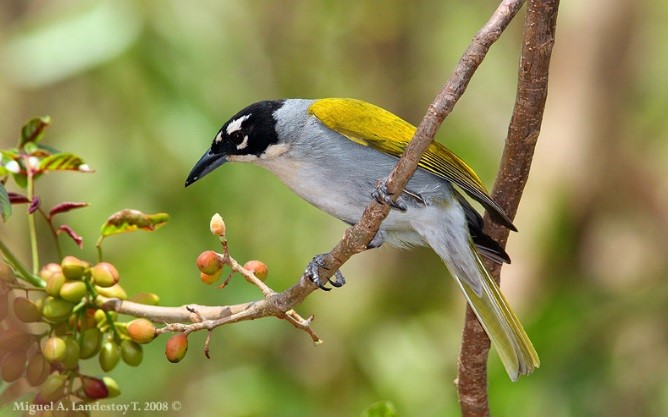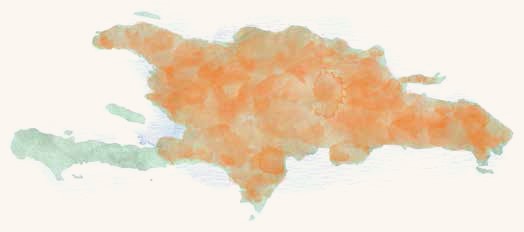Birdfinding.info ⇒ Common in a wide range of habitats, especially at lower elevations. Also common but less predominant in the mountains. Present at all of the frequently visited sites in the D.R., and usually one of the first birds noted at lowland sites such as Sabana de la Mar and the Rabo de Gato Trail. Easy to find at the National Botanical Garden in Santo Domingo and in seaside resort areas of the D.R.
Black-crowned Palm-Tanager
Phaenicophilus palmarum
Endemic to Hispaniola and Isla Saona.
Occurs in all types of woodland and semiopen habitats, including settled areas. Has a remarkably broad habitat tolerance, from desert to tropical rainforest to montane pine and cloud forest to urban districts.
Generally absent from areas occupied by its sibling species, the Gray-crowned Palm-Tanager, though there is some overlap in southern Haiti.
Identification
Distinctive throughout most of its range, where it is easily recognized by its bright olive upperparts, gray underparts and collar, and jet black crown with bold white spots around the eye.
Immatures are easily mistaken for Gray-crowned Palm-Tanager. (See below.)
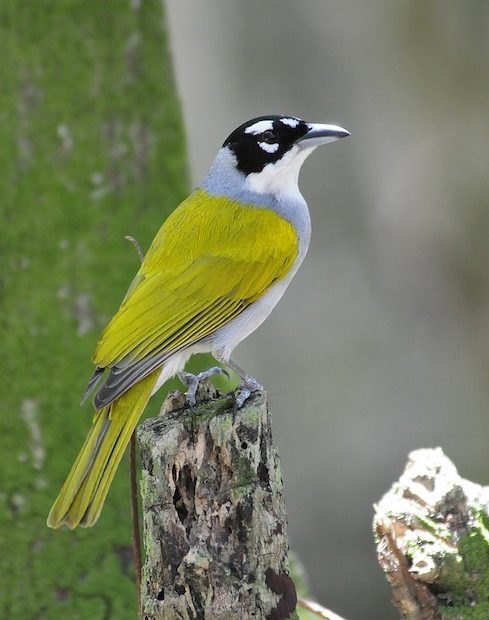
Black-crowned Palm-Tanager. (San Pedro de Macorís, Dominican Republic; April 24, 2013.) © Kurt Hennige
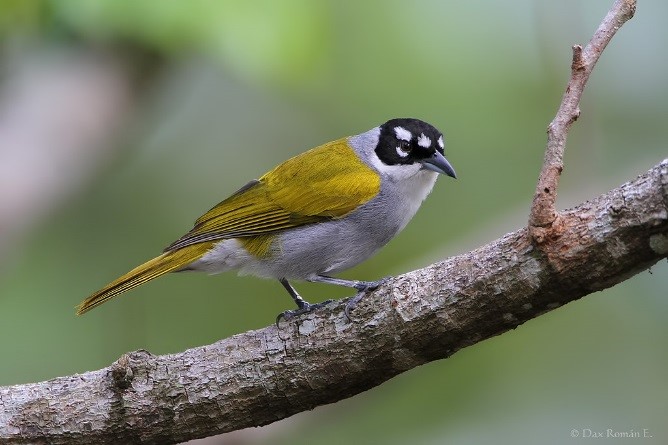
Black-crowned Palm-Tanager. (Lomas Lindas, Dominican Republic; April 28, 2013.) © Dax M. Román E.
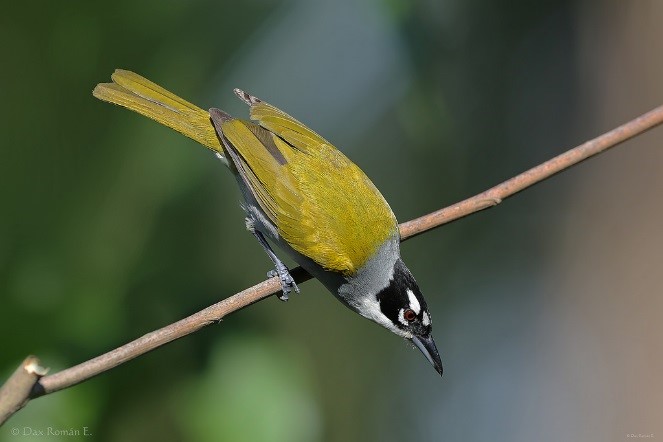
Black-crowned Palm-Tanager. (Santo Domingo, Dominican Republic.) © Dax M. Román E.
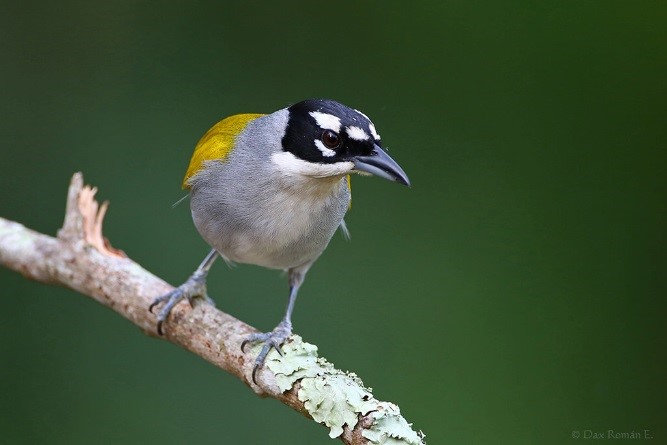
Black-crowned Palm-Tanager. (Lomas Lindas, Dominican Republic; February 9, 2014.) © Dax M. Román E.
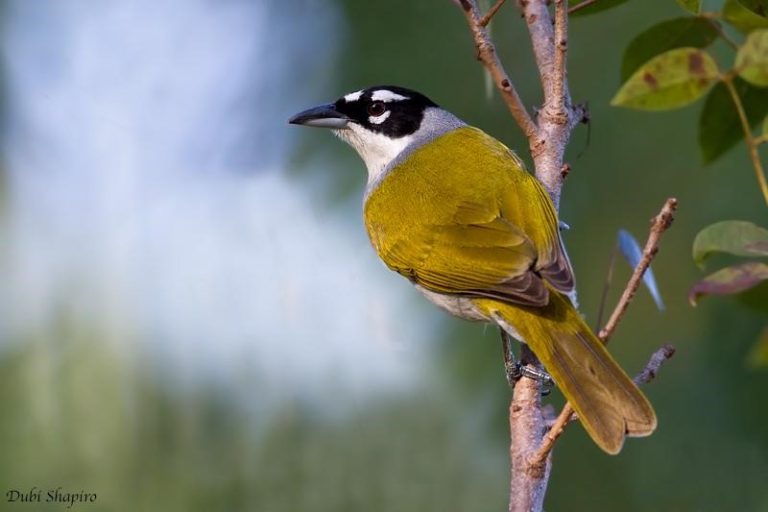
Black-crowned Palm-Tanager. (National Botanical Garden, Santo Domingo, Dominican Republic; January 25, 2014.) © Dubi Shapiro
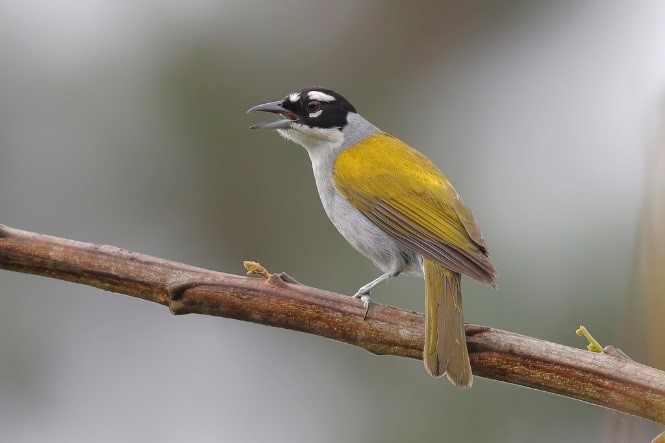
Black-crowned Palm-Tanager. (Cordillera Central, Dominican Republic; July 7, 2018.) © Dax M. Román E.
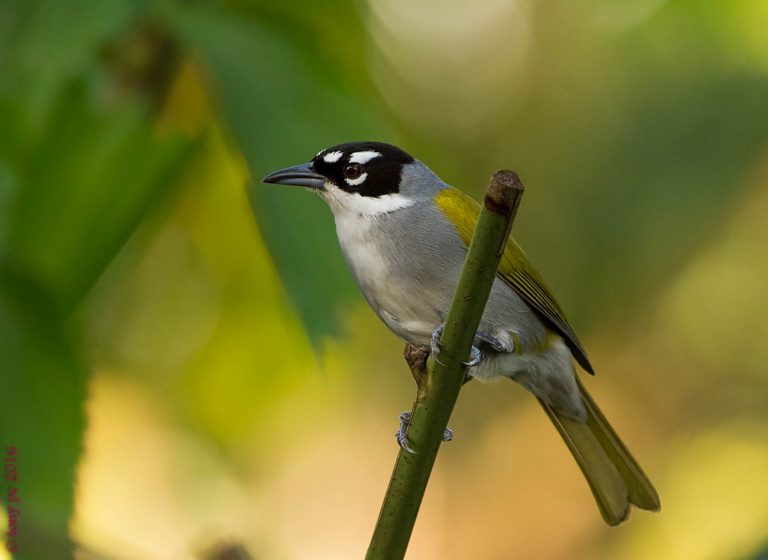
Black-crowned Palm-Tanager. (Agüita Dulce Ecological Reserve, Dominican Republic; 2016.) © Tony Pe
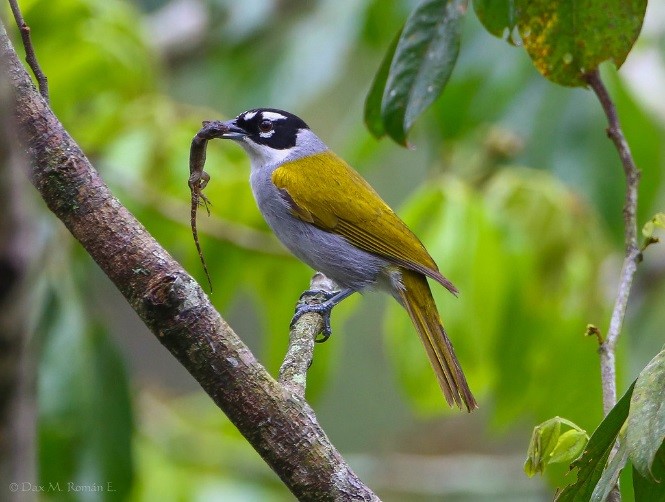
Black-crowned Palm-Tanager, carrying an anole. (Lomas Lindas, Dominican Republic.) © Dax M. Román E.
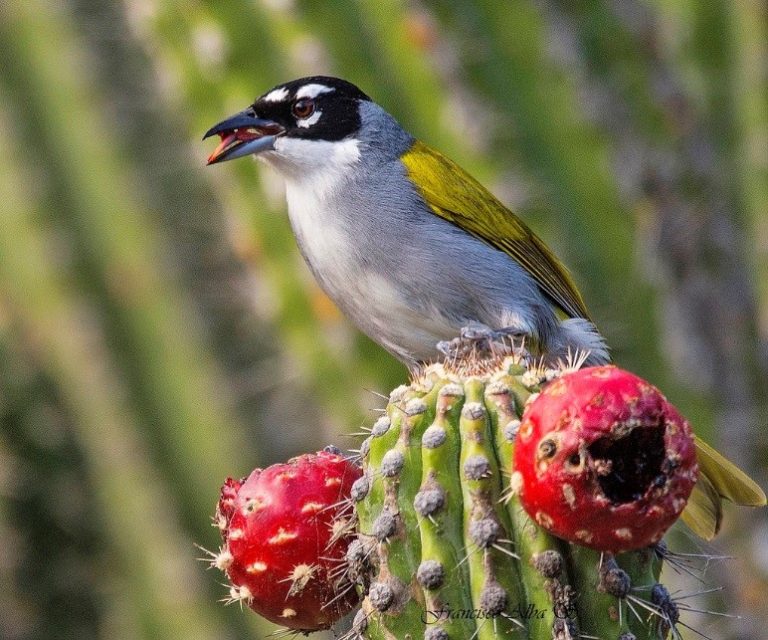
Black-crowned Palm-Tanager. (Dominican Republic.) © Francisco Alba Suriel
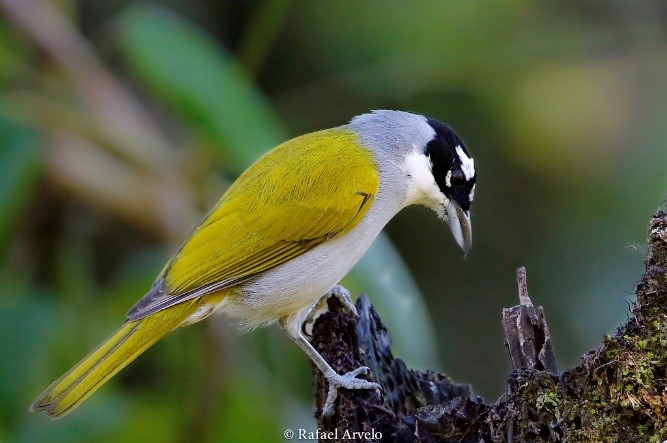
Black-crowned Palm-Tanager, showing breadth of gray nape. (Sierra de Bahoruco, Dominican Republic; January 15, 2016.) © Rafael V. Arvelo C.
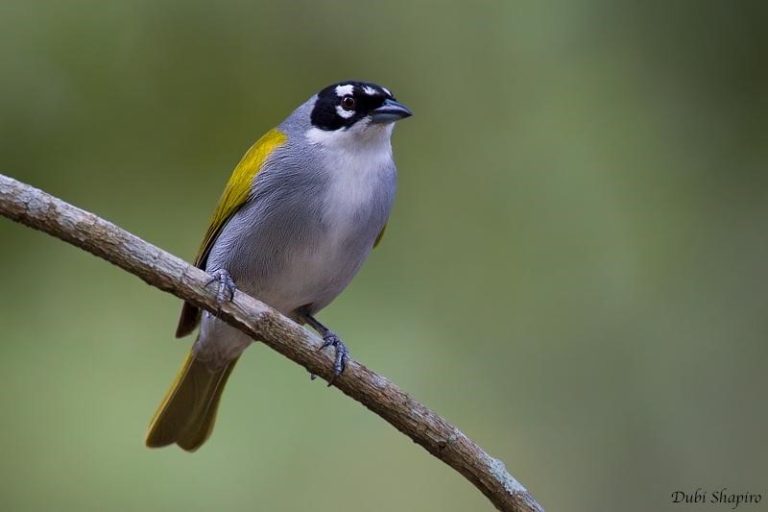
Black-crowned Palm-Tanager. (National Botanical Garden, Santo Domingo, Dominican Republic; January 25, 2014.) © Dubi Shapiro
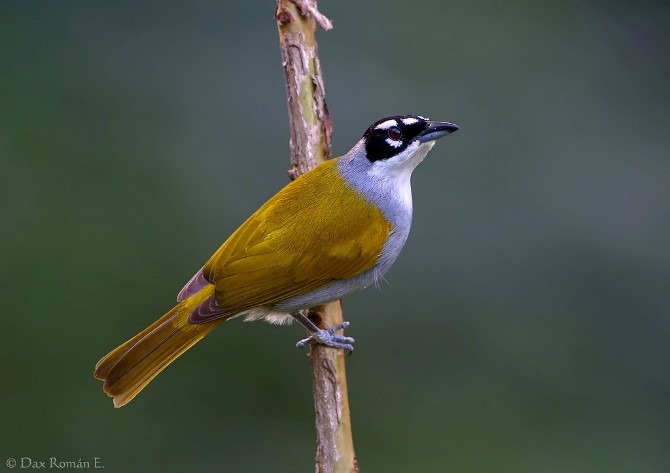
Black-crowned Palm-Tanager. (Lomas Lindas, Dominican Republic; January 5, 2014.) © Dax M. Román E.
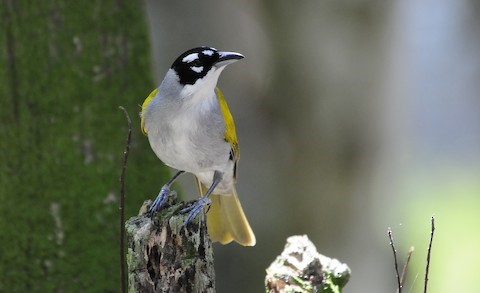
Black-crowned Palm-Tanager. (San Pedro de Macorís, Dominican Republic; April 24, 2013.) © Kurt Hennige
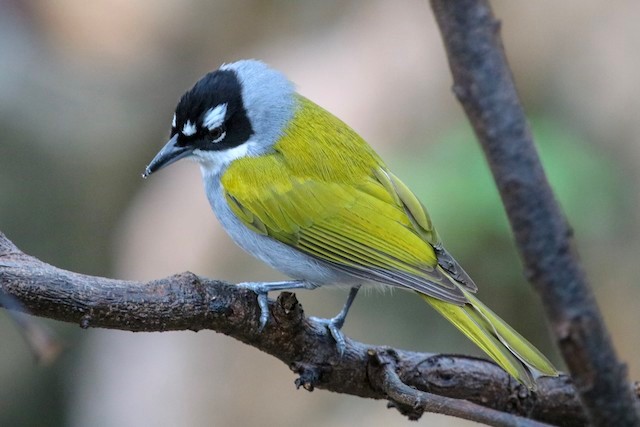
Black-crowned Palm-Tanager, showing breadth of gray nape. (Labadie, Haiti; March 16, 2018.) © Graham Williams
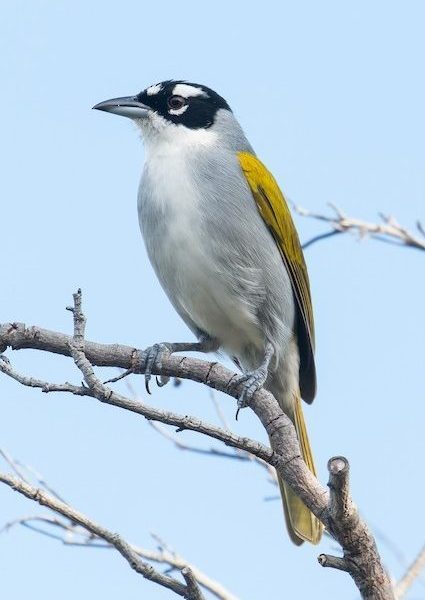
Black-crowned Palm-Tanager. (Bahía de las Calderas Natural Monument, Dominican Republic; November 24, 2016.) © Patrick V.
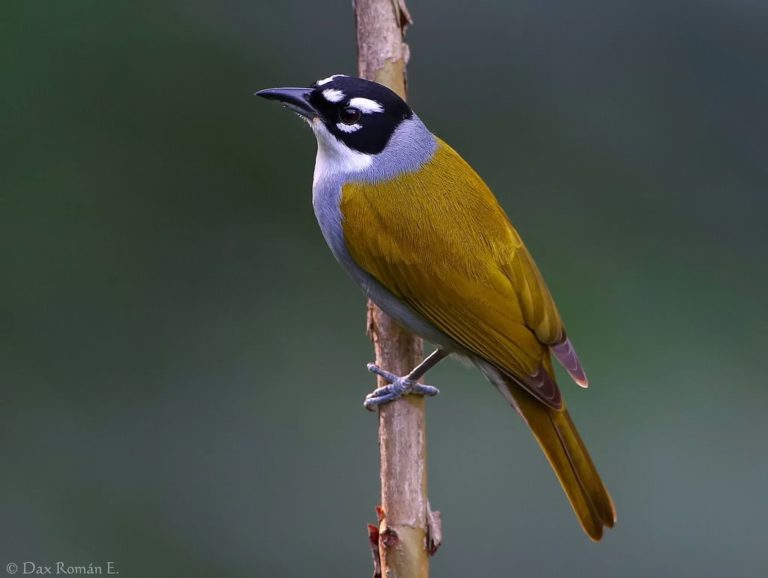
Black-crowned Palm-Tanager. (Lomas Lindas, Dominican Republic; January 5, 2014.) © Dax M. Román E.
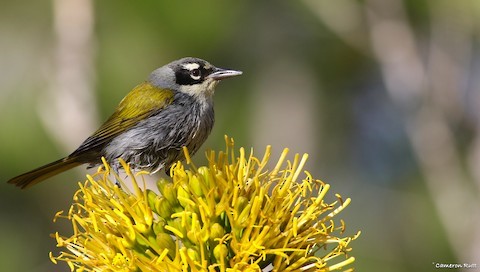
Black-crowned Palm-Tanager, immature—note gray crown, but long white brow (although the throat coloration is ambiguous in this photo). (Alcoa Road, Dominican Republic; January 7, 2019.) © Cameron Rutt
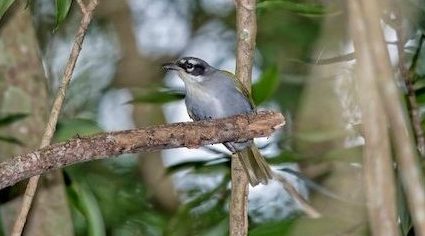
Black-crowned Palm-Tanager, immature—note gray crown, but all-white throat and long white brow. (National Botanical Garden, Santo Domingo, Dominican Republic; April 15, 2017.) © Ricardo Tonos
Cf. Gray-crowned Palm-Tanager. In southeastern Haiti and possibly in the southwestern Dominican Republic, the two palm-tanagers sometimes occur together, and they have been reported to interbreed rarely in the overlap zone. Adult Black-crowned is distinguished by its all-white throat, substantial white eyebrow, and full black “helmet,” including the whole crown.
Immature Black-crowned has a gray crown in a pattern that is essentially indistinguishable from Gray-crowned’s unless studied in a photograph. The most reliable field mark is the pattern of gray and white on the underparts: Black-crowned has an all-white throat and some amount of white that extends down the middle of the breast; whereas Gray-crowned’s underparts are nearly all-gray, with just a small area of white on the chin that extends back along the lower cheek as a broad whisker. The two also differ in the size of the white marks on the face—these are much larger on Black-crowned.
Notes
Monotypic species. Has sometimes been regarded as conspecific with Gray-crowned Palm-Tanager, but genetic evidence and the stable coexistence of the two forms make this hypothesis untenable.
Black-crowned Palm-Tanager’s Spanish name is “Cuatro Ojos Cabeza Negra” (“Black-headed Four-Eyes”).
Two Species of Palm-Tanager. Several authors have considered Black-crowned and Gray-crowned Palm-Tanagers to be conspecific based on reported hybridization in southeastern Haiti. However, recent mitochondrial DNA studies indicate that the two forms diverged over 2 million years ago and are more distantly related than many other forms recognized as distinct species. If they were truly conspecific, it would be difficult to explain why one does not genetically overwhelm the other, as they inhabit essentially the same habitat on the same island and yet the distinction between them appears to be stable.
References
Alas & Colores: Black-Crowned Palm-Tanager (Phaenicophilus palmarum), https://alasycolores.com.do/en/aves/cuatro-ojos.
Hilty, S. 2017. Black-crowned Palm-tanager (Phaenicophilus palmarum). In: del Hoyo, J., A. Elliott, J. Sargatal, D.A. Christie, and E. de Juana (eds.). Handbook of the Birds of the World Alive. Lynx Ediciones, Barcelona. http://www.hbw.com/node/61847. (Accessed October 22, 2017).
eBird. 2019. eBird: An online database of bird distribution and abundance. Cornell Lab of Ornithology, Ithaca, N.Y. http://www.ebird.org. (Accessed June 8, 2019.)
Latta, S., C. Rimmer, A. Keith, J. Wiley, H. Raffaele, K. McFarland, and E. Fernandez. 2006. Birds of the Dominican Republic and Haiti. Princeton University Press, Princeton, N.J.
Raffaele, H., J. Wiley, O. Garrido, A. Keith, and J. Raffaele. 1998. A Guide to the Birds of the West Indies. Princeton University Press, Princeton, N.J.
Sly, N.D., A.K. Townsend, C.C. Rimmer, J.M. Townsend, S.C. Latta, and I.J. Lovette. 2010. Phylogeography and conservation of the endemic Hispaniolan Palm-Tanagers. Conservation Genetics 11: 2121-2129.
